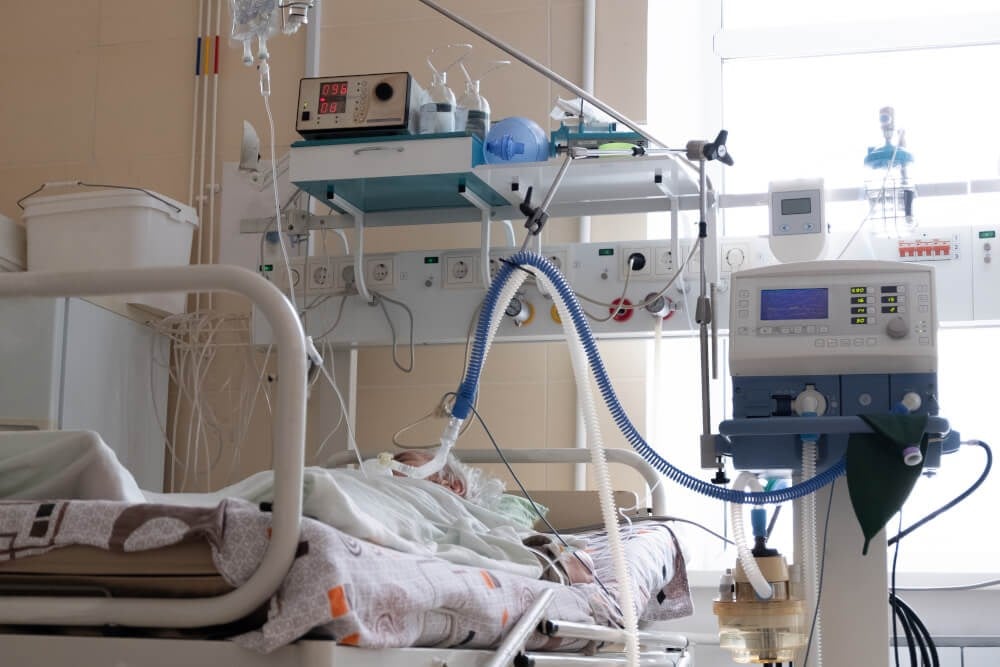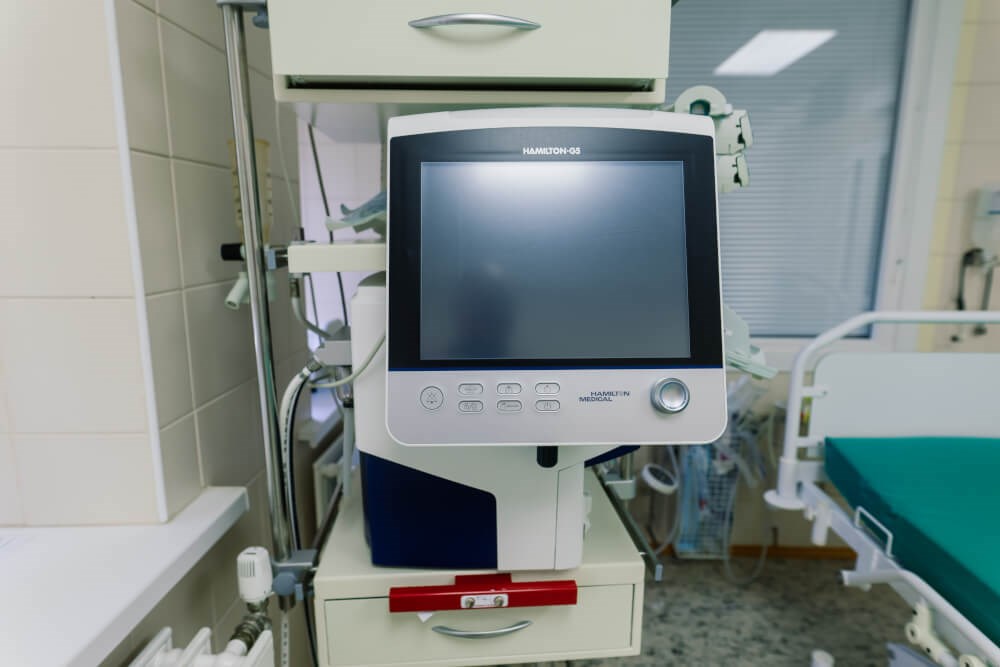Anesthesia: Your Friend in the Operating Room
4/14/2023
All About Anesthesia
Anesthesia is a crucial component of modern medicine that allows surgeons to perform procedures safely and comfortably. With the discovery of ether and other anesthetics in the 1840s, surgery became more tolerable, and it's now a routine part of modern medicine. Despite the advances in anesthesia, many people still have misconceptions and fears about going under, such as not waking up from anesthesia or waking up during surgery. In this blog post, we'll explore the history and science of anesthesia and provide reassurance for those who may be anxious about going under.
As a plastic surgeon, the author works only with MD anesthesiologists who are experts in their field and take every precaution to ensure their patients' safety. There are different types of anesthesia professionals, including anesthesiologists and nurse anesthetists, who may be involved in a patient's care, depending on the type of procedure. They are qualified to provide safe and effective anesthesia care.
There are also different types of anesthesia, each with its own benefits and risks. General anesthesia is the most common type and involves being completely unconscious during the procedure, while local anesthesia involves numbing a specific area of the body, and regional anesthesia blocks sensation in a larger area, such as an arm or leg. The anesthesia provider will help determine which type of anesthesia is best for a patient's procedure and medical history.
Anesthesia Anexiesties
If a patient is feeling anxious about undergoing surgery, it's important to talk to their surgeon and anesthesia provider about their concerns. They can provide information and reassurance about the process and help address any questions or fears. Following any pre-operative instructions provided by the anesthesia provider, such as not eating or drinking for a certain amount of time before the procedure, can also help ensure that the anesthesia works properly and reduces the risk of complications.
The Process of Anesthesia
During the procedure, the anesthesia provider will monitor the patient's vital signs and adjust the anesthesia as needed to ensure their comfort and safety. They will also be on hand to address any unexpected issues that may arise during the surgery. After the surgery, patients will be closely monitored as they wake up from the anesthesia, and they may experience some side effects like nausea, dizziness, or a sore throat, but these are usually temporary and will go away on their own.
Going to sleep under general anesthesia can feel different for each person, but the process typically follows a similar sequence of events. Before the procedure, the anesthesia provider will start an IV line in the patient's arm or hand, which is used to deliver medications and fluids throughout the procedure. As the medication takes effect, patients may feel drowsy or lightheaded, and their vision may become blurry. Some people describe a sensation of floating or drifting off to sleep, while others may not remember anything after the medication is administered.
Waking up from anesthesia can also feel different for each person. As the procedure comes to an end, the anesthesia provider will stop administering medication and allow the effects of the medication to wear off. Patients may start to feel more alert and aware, and their vision may become clearer. Some people describe the experience of waking up from anesthesia as similar to taking off in an airplane and landing at the end of a flight. They may feel a sense of pressure or heaviness in their body as they become more aware, and their thoughts may feel foggy or disorienting.
Despite these normal experiences, it's normal to have anxieties about going under anesthesia, as patients are putting their trust in the hands of medical professionals who will be administering powerful medications that will cause them to lose consciousness and enter a state of artificial sleep. However, it's important to understand that modern anesthesia is very safe, and there are many safety measures in place to ensure patients' comfort and safety.
During the recovery process, it's important to follow the post-operative instructions provided by your surgeon and anesthesia provider. These may include guidelines for pain management, wound care, and activity restrictions to help ensure a smooth recovery and minimize the risk of complications.
It's also important to attend any follow-up appointments with your surgeon and anesthesia provider to monitor your recovery and address any concerns or issues that may arise.
Gratitude Towards Anesthesia
In addition to the physical benefits of anesthesia, it can also have psychological benefits. For many patients, undergoing surgery can be a source of anxiety and stress, and anesthesia can help alleviate these feelings by inducing a state of relaxation and unconsciousness during the procedure.
We are incredibly fortunate to have access to general anesthesia, which has revolutionized the field of surgery and allowed for countless life-saving procedures to be performed safely and effectively. Compared to other types of anesthesia, general anesthesia offers the most comprehensive control over a patient's vital signs and pain response, allowing for a more controlled and predictable surgical experience. While other types of anesthesia, such as local or regional anesthesia, may be appropriate for certain procedures or patient populations, most doctors prefer general anesthesia for its versatility and ability to keep patients completely unaware and pain-free during surgery. Overall, the availability of general anesthesia is a critical component of modern medicine and has enabled countless patients to receive the care they need to improve their health and quality of life.
Before the discovery of anesthesia, people undergoing surgery had to rely on various forms of distraction and pain management techniques to cope with the excruciating pain of surgery. One common method was the use of alcohol or opium to dull the senses and induce a state of numbness. Other methods included holding a patient down or restraining them during the procedure, or even knocking them out with a blow to the head. These methods were not only ineffective in fully managing pain, but also posed significant risks and complications, including infection, trauma, and even death. It wasn't until the discovery of ether and other anesthetics in the mid-19th century that surgery became safer and more tolerable, ushering in a new era of modern medicine. Today, we are fortunate to have a range of safe and effective anesthetic techniques that allow for painless and comfortable surgeries.
Overall, anesthesia is a crucial tool in modern medicine that allows surgeons to perform procedures safely and comfortably. Despite some misconceptions and fears, modern anesthesia is very safe, and there are many safety measures in place to ensure your comfort and safety. If you're considering a procedure that requires anesthesia, don't let fear hold you back. Talk to your medical team about any concerns you may have, and rest assured that you're in good hands.

Old Operating Room

Old Anesthesia Machine

New Anesthesia Machine & Room